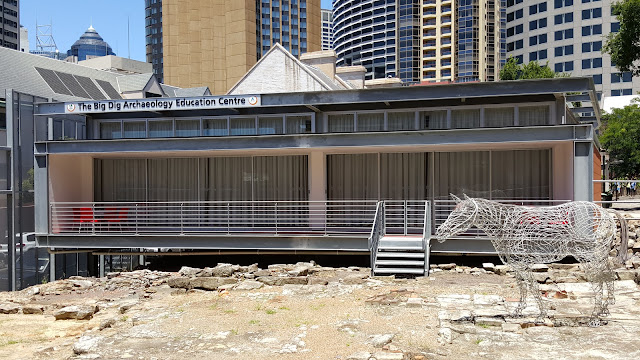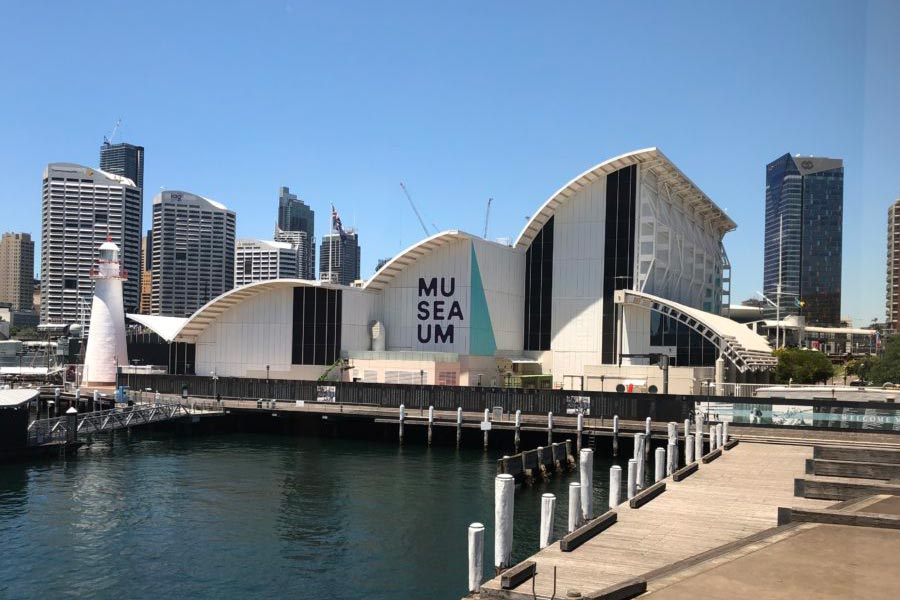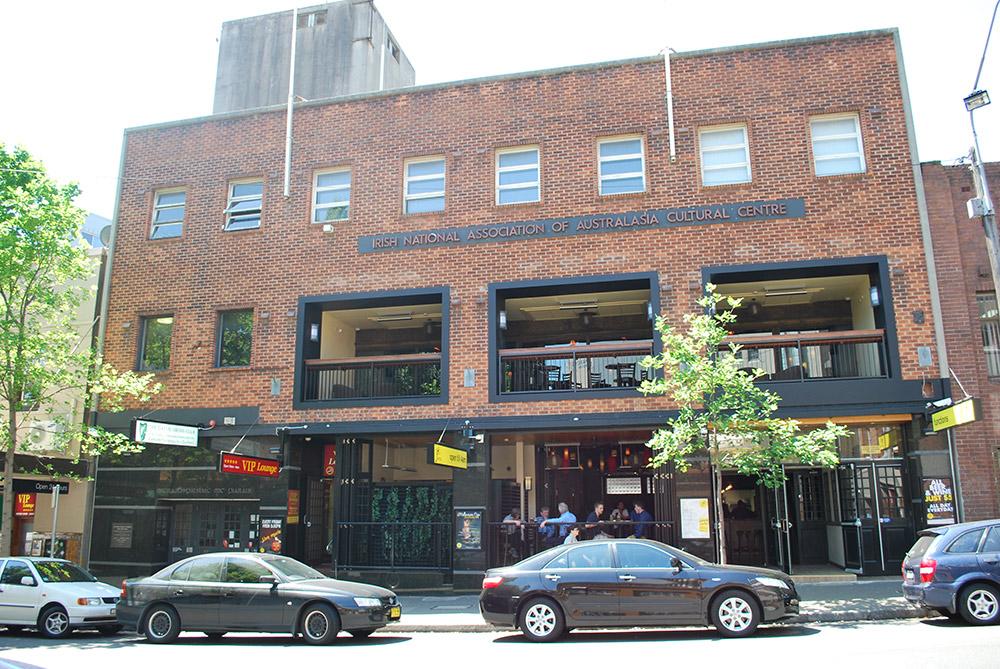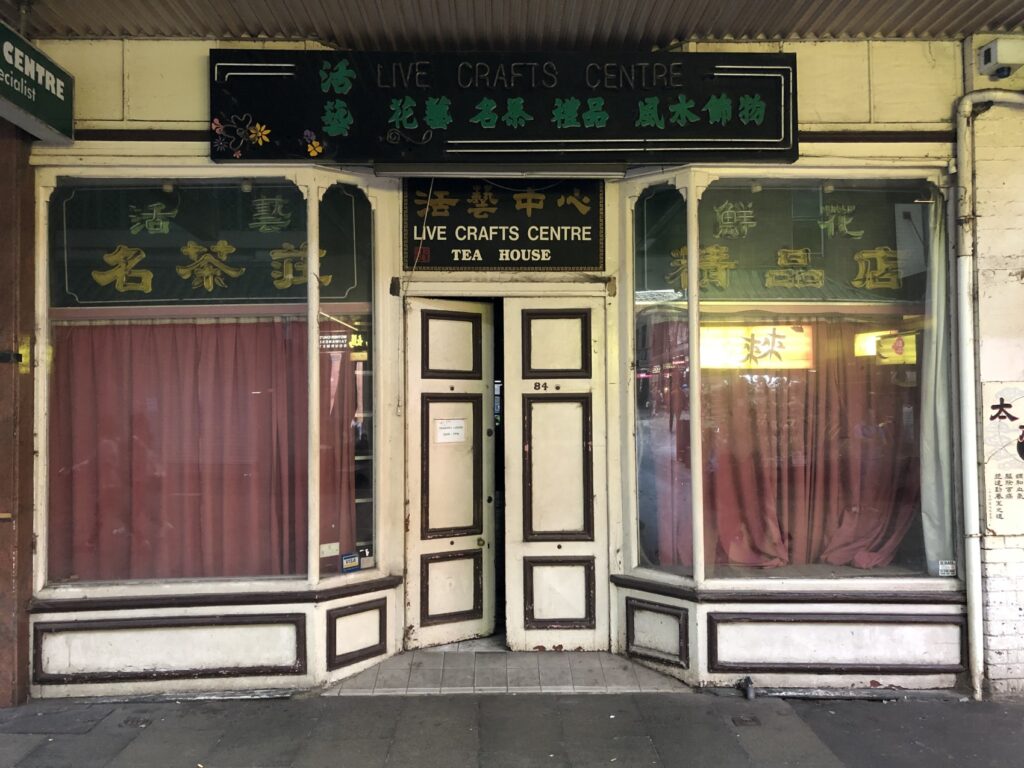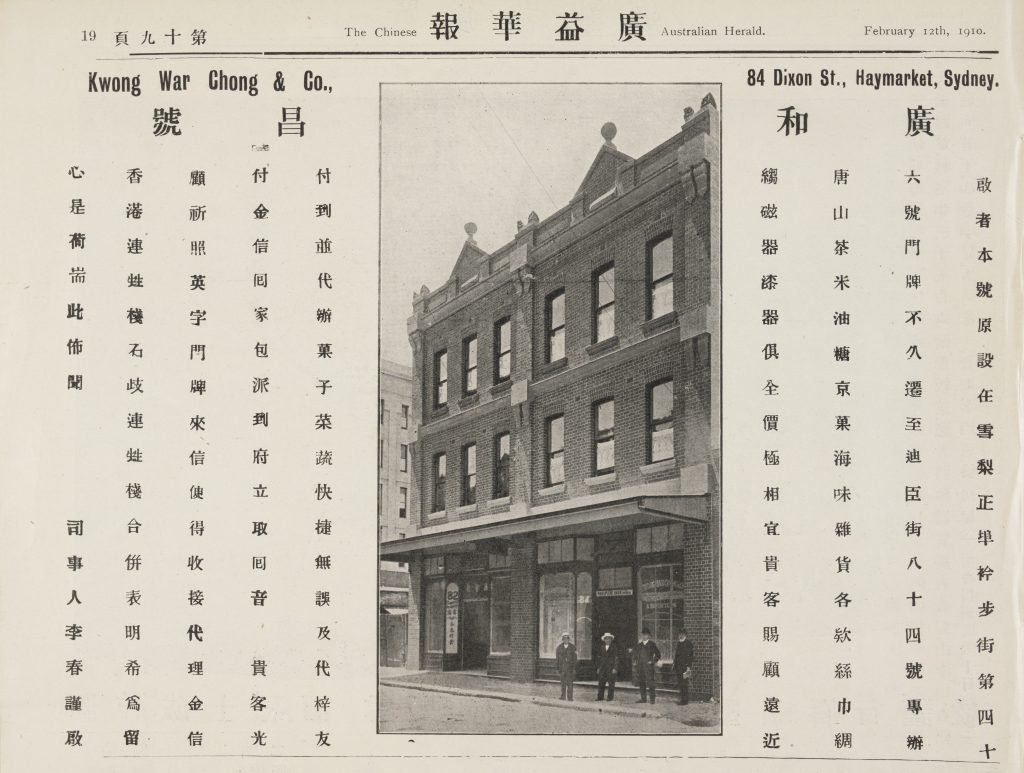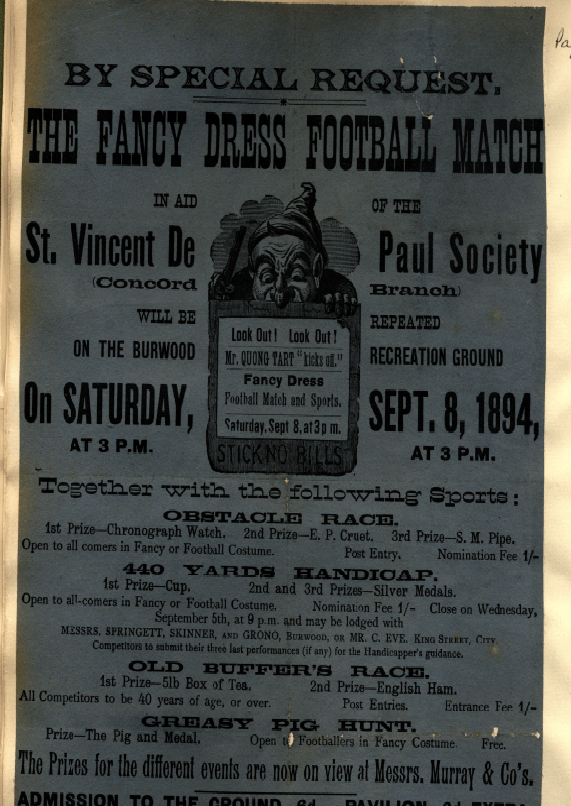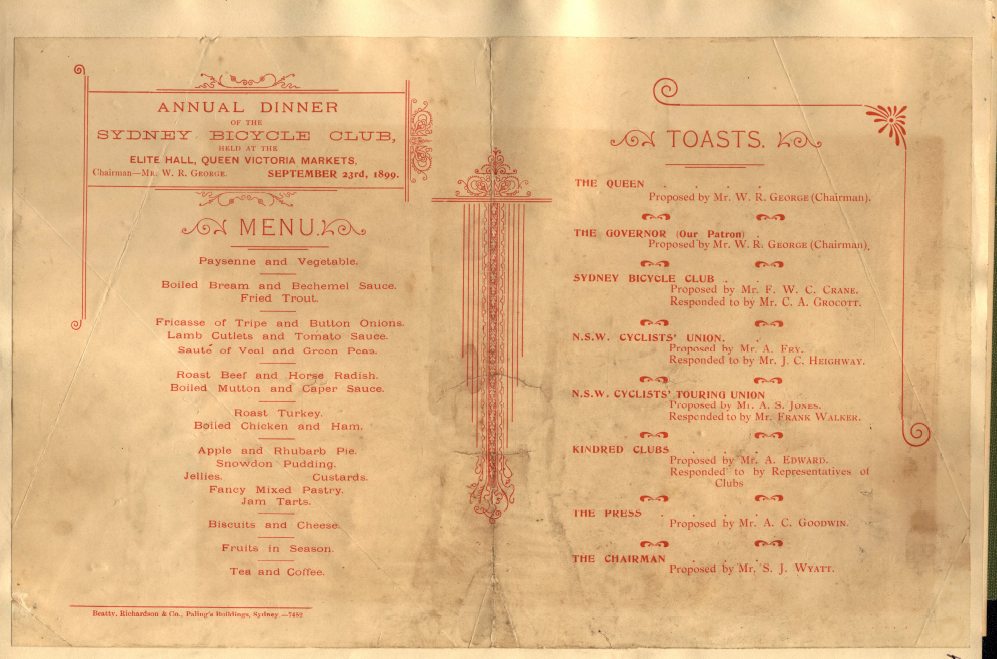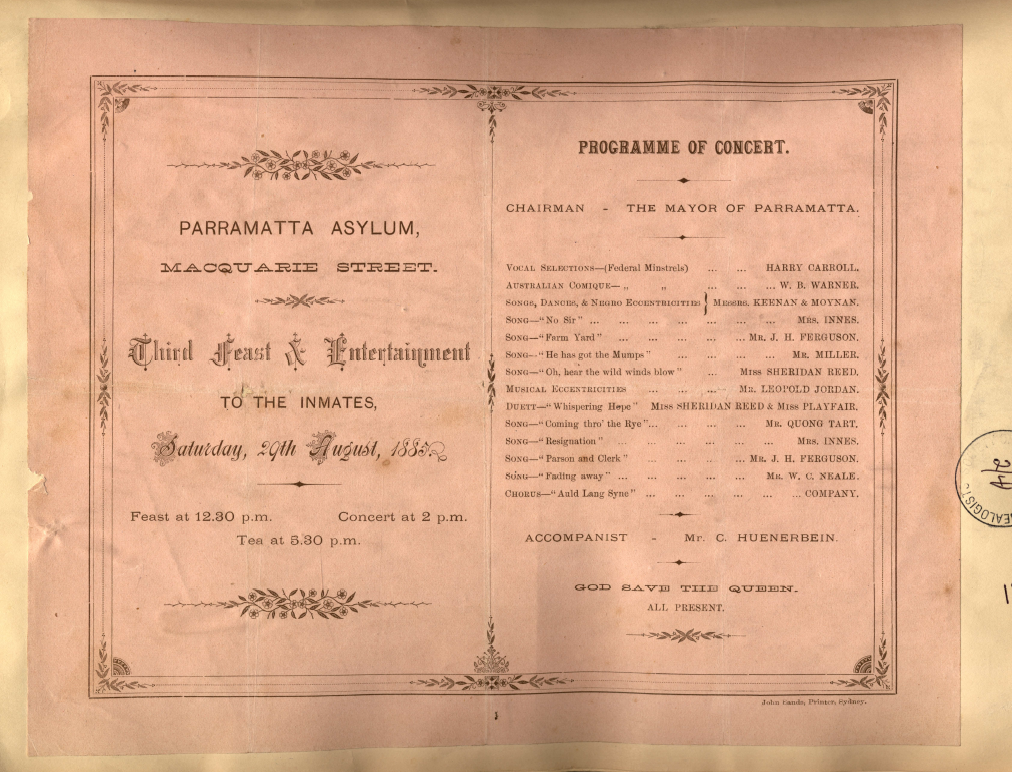The first time I saw Old Government House it was like stepping back in time. I had missed my stop at Parramatta and was walking in a park for longer than I thought possible in Sydney. It was after climbing yet another hill that I was suddenly struck by a Georgian style house rising out of the landscape. And yet, over the last three years, approaching the house has felt a little bit more like coming home, as I have come to be familiar with its layout and its many wonderful volunteers.

Old Government House has been managed by the National Trust since 1967. As the former country residence of Australia’s first ten governors and the oldest public building in Australia, the house is a significant relic of Australia’s Colonial past. Through the National Trust visitors are able to walk through the restored house and grounds whilst learning about life in the early colony and the role of the first governors. This is all information I learnt during my first information session as a volunteer. Yet, as I have continued to volunteer at the House, I have learnt so much more about the role of the National Trust and the difficulties and significance of maintaining history in Australia.
I have learnt more about the early governors of New South Wales and their influence on the Colony.
I have continued to confront the difficult truths of the early colonial period in the Sydney region.
I have learnt more about the National Trust and the role they play as a non-governmental organization preserving and maintaining Australia’s history.
I have met Mr Fopp the butler, who is usually only seen during formal dinners, and the old schoolmistress who still teaches lessons with slate and chalk.
I have felt phantom pushes on my back when leaning out to lock the top windows at the end of the day.
I have opened hidden panels and looked at thousand-year-old shells built into the walls.
I have learnt how to wind and re-set a two-hundred-year-old clock.
And I have learnt what someone’s face looks like when they can see and sense the history of a place that continues to be looked after and cared for.
Perhaps most importantly I have come to know and admire the many volunteers at Old Government House who all bring their own knowledge and stories to the House. I have also come to know the many paid staff who work tirelessly to maintain the house whilst also organizing the volunteers and exhibitions. As a result, I consider myself very lucky to be able to contribute to this amazing organization. My project with Old Government House will involve creating a booklet of stories about significant figures in the early Colony, with a particular focus on female voices and experiences. I hope to be able to bring all that I have learnt whilst volunteering to this project and include the voices of the many volunteers and staff who have taught me so much about Australia’ Colonial past.
Although Old Government House is closed presently, it will be reopening soon! For more information about the property and information on how to visit please visit the Website.

